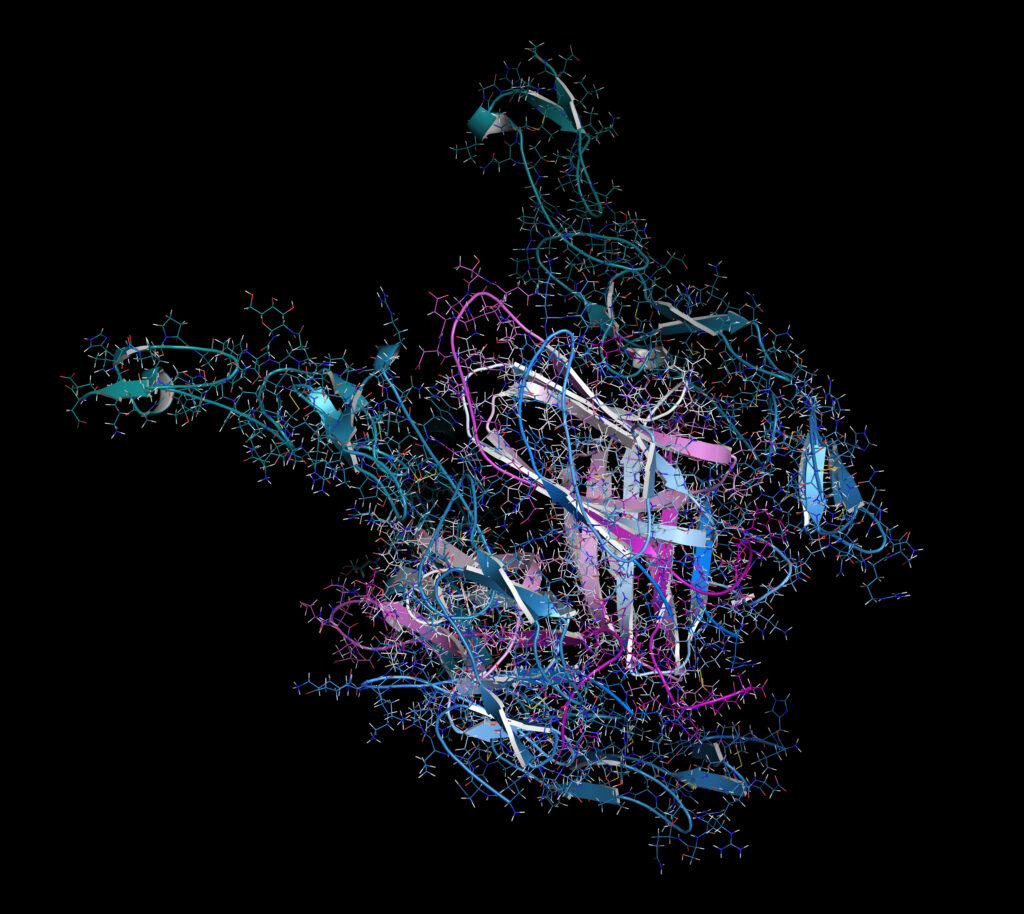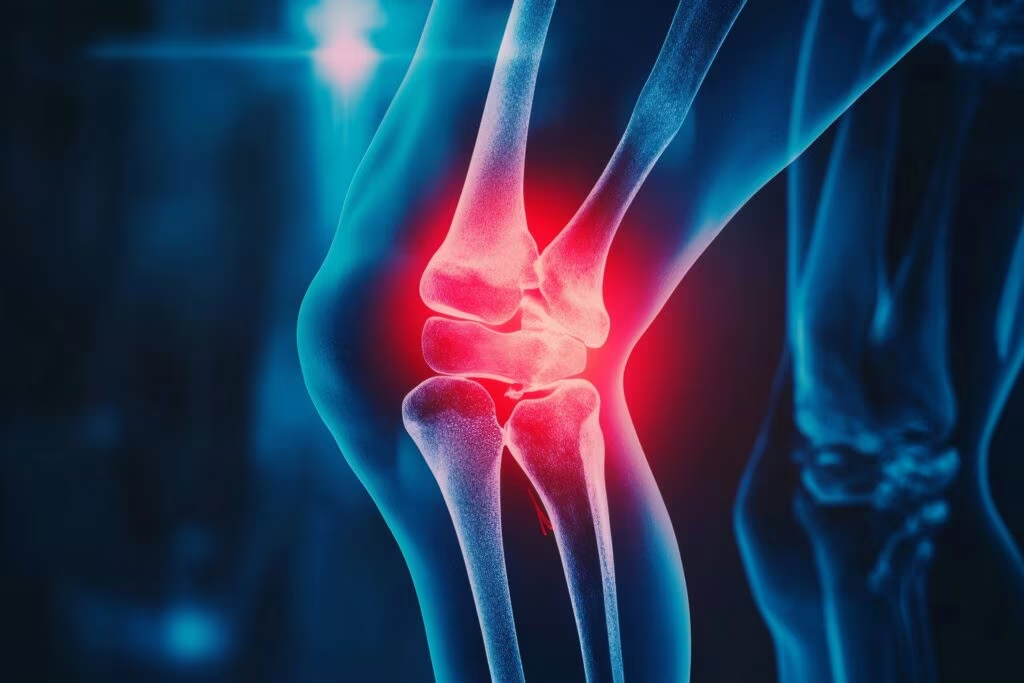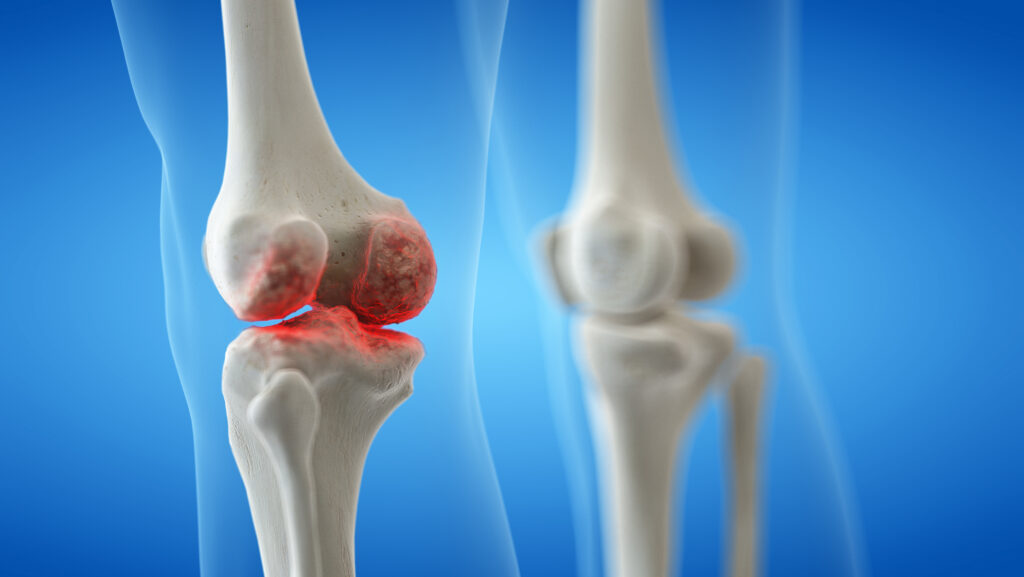Search Results
Showing Results for drug monitoring

The American College of Gastroenterology’s 2025 Crohn’s disease guidelines introduce key advancements in personalized care, diagnostics, and treatment. Highlights include genetic testing to guide therapy, adoption of intestinal ultrasound for non-invasive monitoring, and the inclusion of new biologics. Emphasizing shared decision-making and holistic care, the guidelines aim to improve outcomes by tailoring strategies to each patient’s unique profile and preferences.

In this interview with Dr. Stuart Silverman, we discuss his WCO-IOF-ESCEO 2025 presentation on the clinical utility of bone turnover markers (BTMs) in osteoporosis care. BTMs such as s-CTX and s-PINP, standardized by the IOF-IFCC, provide insights into bone remodelling, support treatment monitoring, guide therapy adjustments, and help personalize drug holidays, though they complement rather than replace traditional diagnostic tools.

New research has shown that infliximab clearance is increased in patients hospitalized with severe ulcerative colitis, potentially leading to a higher risk of underexposure when standard dosing regimens are used. The study, which analyzed infliximab pharmacokinetics in 154 patients with ulcerative colitis, found that patients who were hospitalized exhibited a 35% increase in infliximab clearance compared to outpatients (0.463 L/day vs. 0.339 L/day, p<0.0001). This resulted in subtherapeutic drug levels in the majority of patients from week 2 onwards, with 74% of hospitalized patients having infliximab concentrations below 20 µg/mL at week 2, 69% below 15 µg/mL at week 6, and 56% below 7 µg/mL at week 14.

Rheumatoid arthritis (RA) is one of the most challenging autoimmune diseases. Early, targeted and effective therapy is crucial for achieving remission and preventing long-term joint destruction. Over the past two decades, tumour necrosis factor (TNF) inhibitors (TNFi) have been the ...

The use of immune checkpoint inhibitors (ICIs) in treating cancer has greatly improved survival outcomes, particularly in patients with advanced disease for whom successful treatment options have previously been limited. For example, in patients with metastatic melanoma, the median survival ...

Recent advancements made in understanding the pathology of inflammatory skin conditions have enabled JAK inhibitors, initially developed for haematology over 20 years ago, to be investigated for dermatological use. In this episode, Dr William (Bill) Damsky discusses JAK inhibitors’ journey from proof-of-concept to treating a wide range of skin conditions, their future impact on rare diseases and the debate around safety.

In our late-breaking abstract coverage, we spoke with Prof. Denis Poddubnyy from Charité-Universitätsmedizin Berlin to discuss key data from EULAR 2024 on axial spondyloarthritis (axSpA). We first explored the open-label extension results of the phase 3 BE MOBILE 2 study (NCT04436640), which assessed bimekizumab's impact on 2-year radiographic progression in the spine of patients with radiographic axSpA. Hypothesized to offer superior inhibition of bone formation due to its dual action on IL-17A and IL-17B, bimekizumab's findings were compared with other treatments like ixekizumab, upadacitinib, secukinumab, and certolizumab pegol, highlighting implications for clinical practice. Additionally, we examined a recent study by Berg et al., which compared remote monitoring and patient-triggered monitoring to traditional face-to-face consultations. The discussion focuses on how these findings could influence daily practice, patient outcomes, and healthcare resource management.

There is much excitement about the deployment of artificial intelligence (AI) in healthcare, and the musculoskeletal field is no exception. In this article, we introduce some of the latest developments relating to osteoarthritis (OA), osteoporosis, rheumatoid arthritis (RA) (as an ...

The global burden of disease is heavily impacted by the increased prevalence of chronic inflammatory rheumatic diseases (CIRDs [rheumatoid arthritis (RA), spondyloarthritis (SpA), connective tissue diseases (CTDs) crystal arthropathies and polyarticular osteoarthritis (OA)]), which are prevalent chronic non-communicable diseases associated ...

Systemic rheumatic diseases (RDs) commonly arise during a woman’s reproductive years and may have implications for family planning and pregnancy. Among the RDs, systemic lupus erythematosus (SLE) and antiphospholipid syndrome (APS) are classically associated with an increased risk of ...

Spondyloarthritides are chronic rheumatic diseases associated with diverse extra-articular manifestations, such as psoriasis, uveitis and inflammatory bowel diseases (IBDs), namely Crohn’s disease (CD) and ulcerative colitis (UC). Historically, spondyloarthritis (SpA) was divided into several subcategories, namely, ankylosing spondylitis (AS), ...

Article highlights Treatment of rheumatoid arthritis remains a challenge, and new interleukin (IL) 6 inhibitors deserve special attention. IL-6 provides pleiotropic effects not only on the pathogenesis of rheumatoid arthritis but also on its comorbidities. The humanized monoclonal antibody olokizumab has ...

Many environmental factors have been associated with the development of autoimmunity.1 Infections, for example, can cause reactive arthritis by triggering a (genetically) predisposed immune system.2 Smoking, in a similar, but arguably different, way, can trigger the production of autoantibodies by ...

Advances continue to be made in the treatment of systemic sclerosis (SSc, also termed ‘scleroderma’); however, it remains a challenging disease for both patients and for the clinicians caring for them. The purpose of this review is to highlight these ...

We were delighted to talk with Dr Kristin Kaasen Jørgensen (Akershus University Hospital, Nordbyhagen, Norway) around the NOR-DRUM B study, investigating proactive therapeutic drug monitoring during maintenance therapy with infliximab. The abstract entitled ‘Proactive Therapeutic Drug Monitoring is superior ...
Latest articles videos and clinical updates - straight to your inbox
Log into your Touch Account
Earn and track your CME credits on the go, save articles for later, and follow the latest congress coverage.
Register now for FREE Access
Register for free to hear about the latest expert-led education, peer-reviewed articles, conference highlights, and innovative CME activities.
Sign up with an Email
Or use a Social Account.
This Functionality is for
Members Only
Explore the latest in medical education and stay current in your field. Create a free account to track your learning.

